Selecting the perfect bathtub for your bathroom not only significantly influences your bathing experience but also elevates the overall aesthetic appeal of your space. When discussing the choice of bathtub materials, two popular options often arise: acrylic and solid surface. While both are synthetic materials, they differ in terms of cost, feel, and appearance. In this article, Giving Tree Home will delve into the differences between these two bathtub materials to help you make a more informed purchasing decision. Let's get started!
Material and Construction
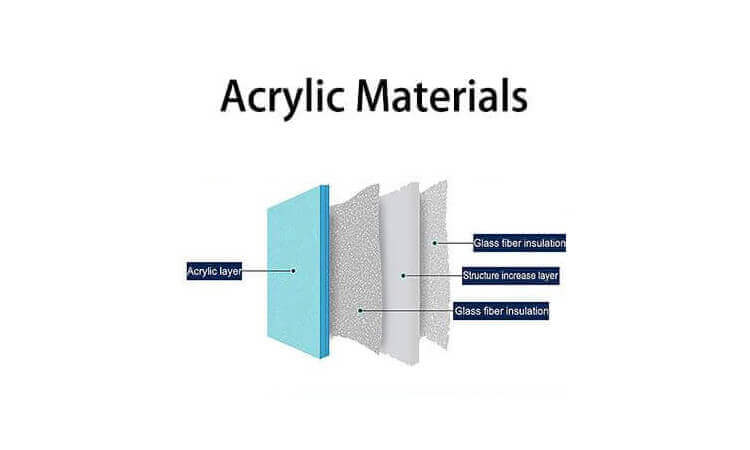
Acrylic tubs are primarily made from acrylic sheets and reinforced with fiberglass and resin. Acrylic sheets, known as polymethyl methacrylate (PMMA), are transparent thermoplastic polymer materials that offer excellent transparency, weather resistance, chemical resistance, and processability. The manufacturing process of acrylic bathtubs is as follows:
- Using fiberglass and unsaturated resin to create the mold.
- Followed by meticulous polishing.
- Softening the acrylic sheet by heating it.
- Using vacuum forming technology to adhere the softened acrylic sheet to the surface of the mold, forming the overall shape of the bathtub.
- Reinforcing the bathtub with fiberglass and resin.
- Refining and polishing the surface of the bathtub to achieve a smooth finish.
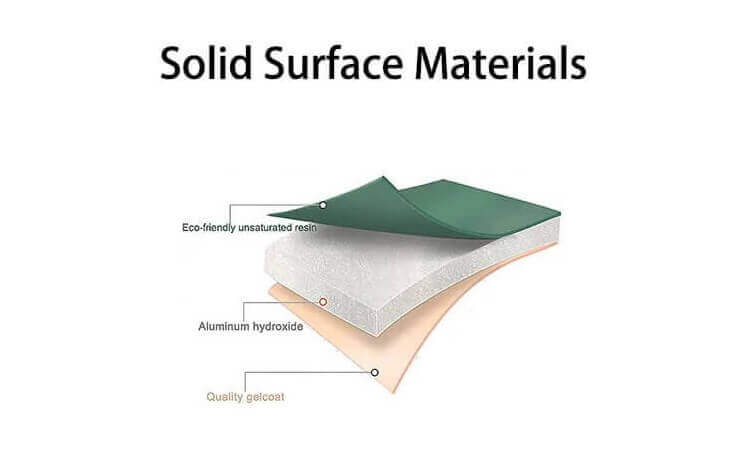
On the other hand, solid surface tubs, also known as stone resin tubs, are composed of crushed stone minerals like marble, quartz, or limestone mixed with resin (with variations among manufacturers). These materials, when mixed, form a strong and durable surface that exhibits excellent water resistance and stain resistance. The manufacturing process of solid surface bathtubs is as follows:
- Mixing natural mineral powders with acrylic resin.
- Pouring the mixed material into pre-designed molds.
- Allowing the material to cure and harden under controlled temperature and humidity conditions.
- Refining and polishing the surface of the bathtub to achieve a smooth finish.
Due to variances in materials and manufacturing processes, acrylic and solid surface bathtubs have fundamentally different structures. The former is typically hollow and lighter in weight, usually under 100 lbs, whereas the latter is dense and heavier, typically around 300 lbs. As a result, solid surface bathtubs are often more expensive.
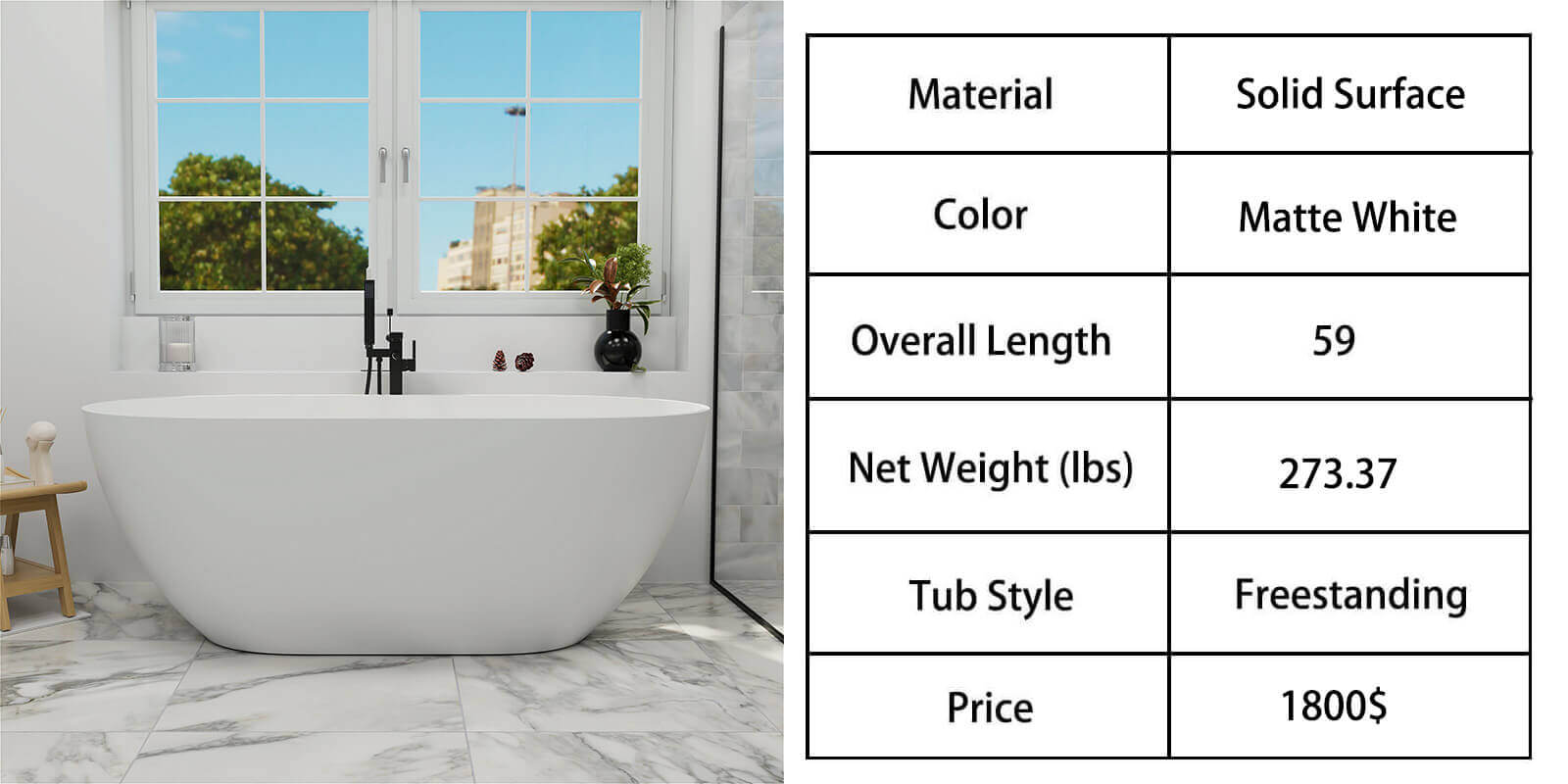
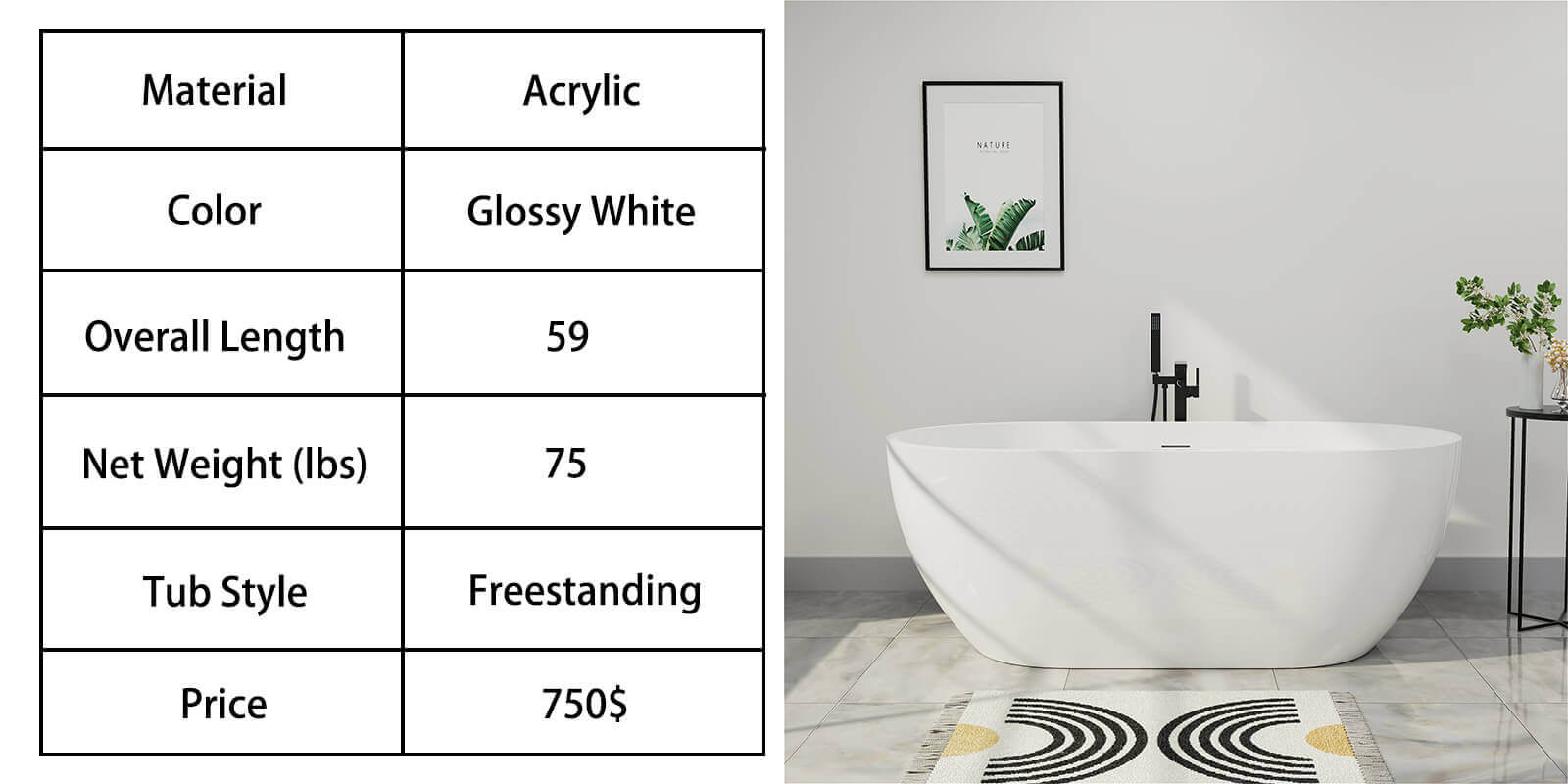
Aesthetics and Customization
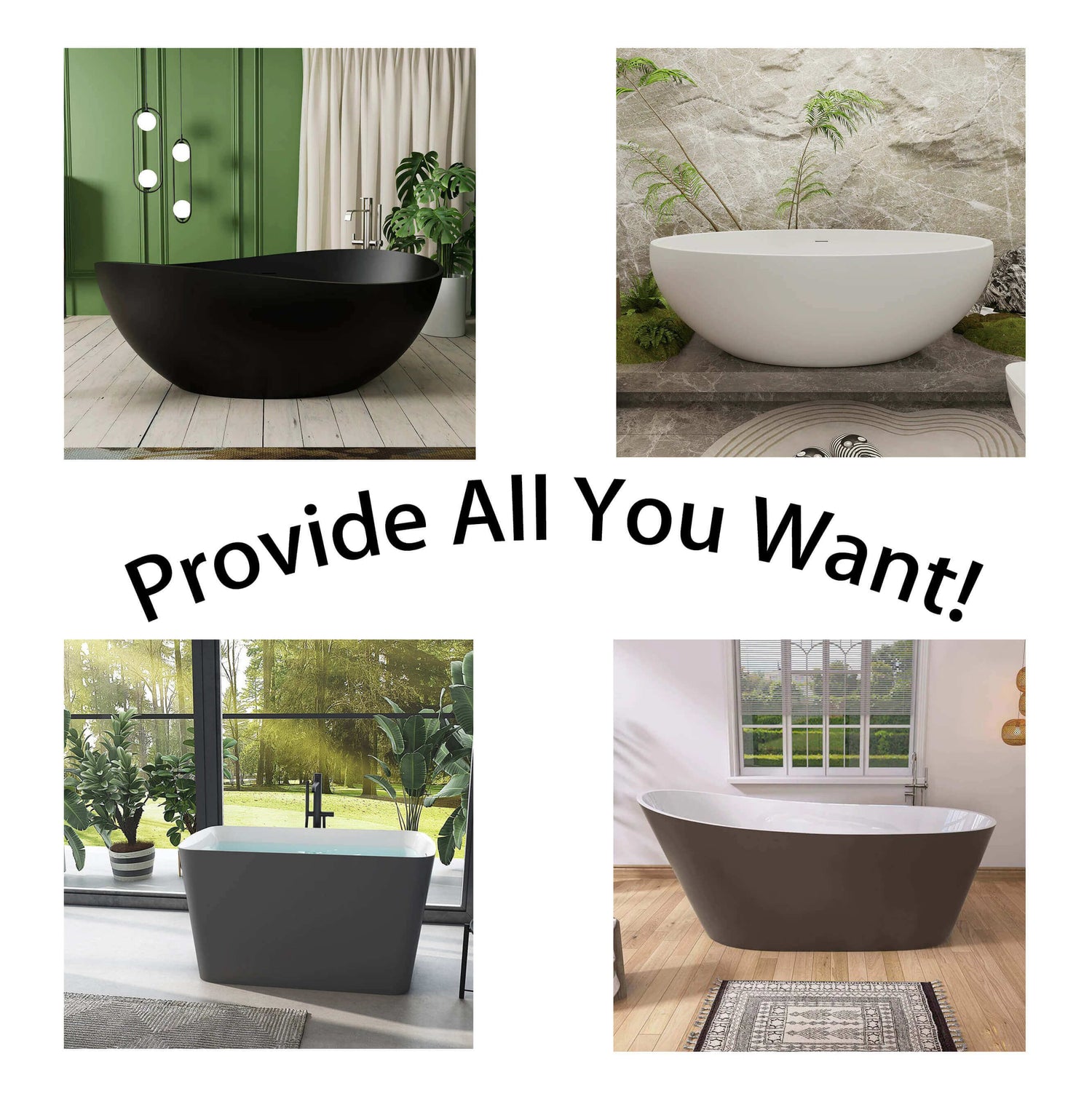
In fact, both acrylic and solid surface tubs boast excellent workability, offering more design options compared to cast iron bathtubs. However, there are subtle differences in their workability:
Since acrylic tubs are constructed by vacuum-forming an entire acrylic sheet, their design flexibility is relatively limited. As a result, most acrylic tubs come in conventional shapes. Although they lack the design diversity of solid surface tubs, acrylic tubs are available in a variety of colors and finishes, ranging from classic white to vibrant hues, providing homeowners with a wide range of color options to match their bathroom decor.
In contrast, solid surface tubs are manufactured through a casting process. This means that as long as different molds can be designed, the mixed materials can be poured to create various designs. This versatility allows for the production of complex shapes and designs, including freestanding, corner, and built-in options. The stone resin texture and natural stone-like appearance exude a luxurious charm, making solid surface tubs stand out. They have a significant advantage in replicating the precise texture and depth of natural stone, adding a touch of elegance to any bathroom.
Solid Surface Tubs
Acrylic Tubs
-
59'' Modern Bathtub Solid Surface Stone Resin Oval-shaped Freestanding Soaking Tub
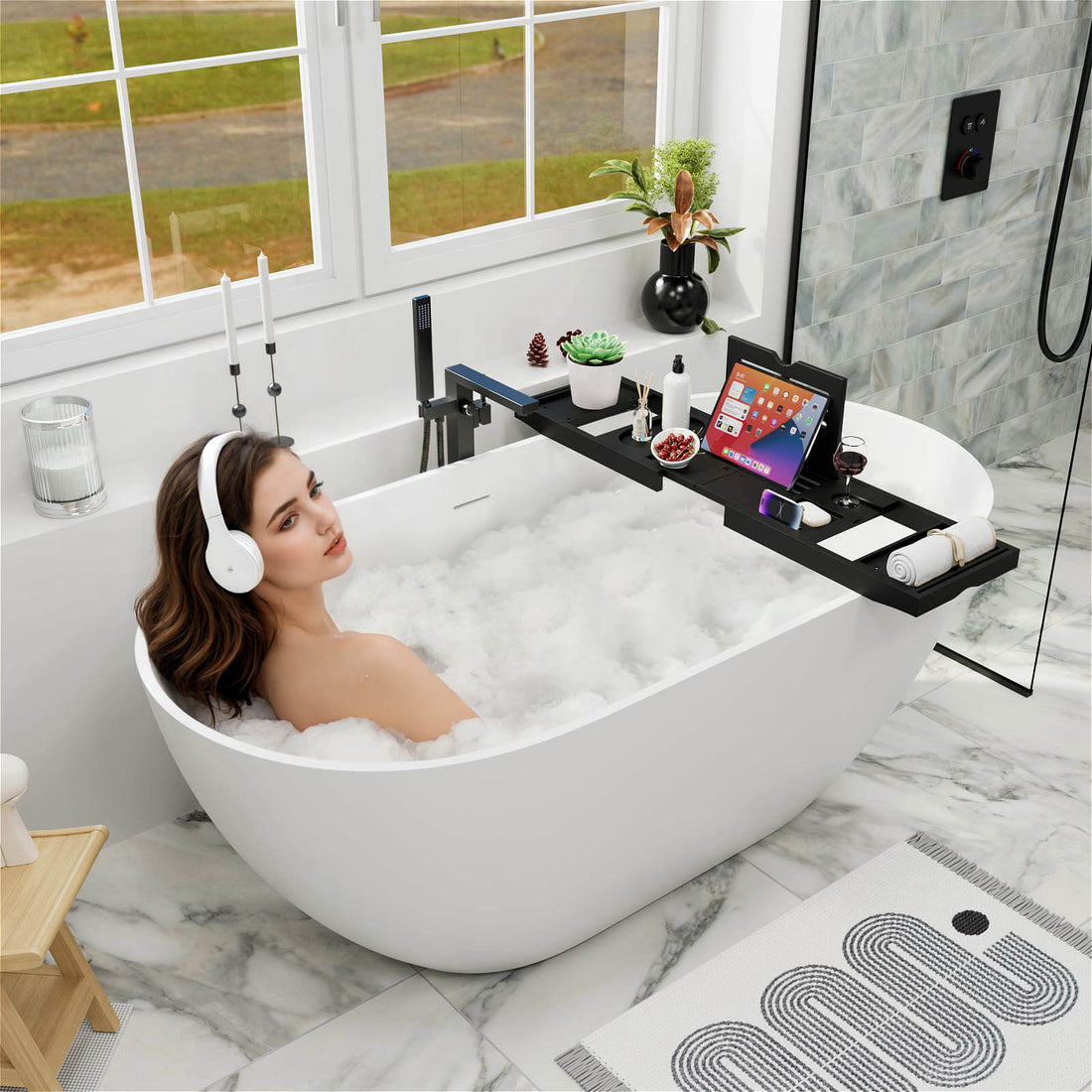
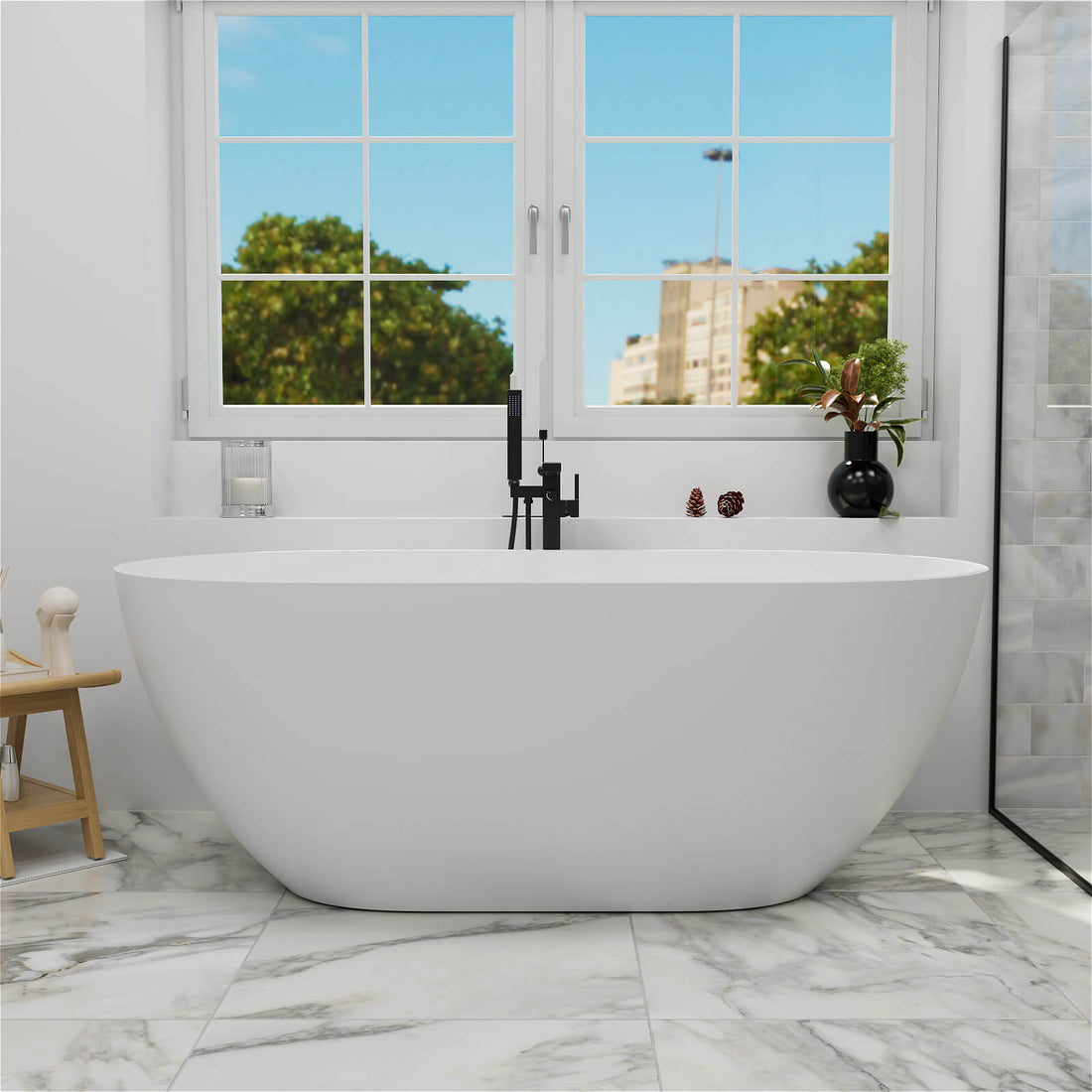 59'' Modern Bathtub Solid Surface Stone Resin Oval-shaped Freestanding Soaking Tub
59'' Modern Bathtub Solid Surface Stone Resin Oval-shaped Freestanding Soaking Tub- Regular price
-
From
$1,799.99 - Regular price
-
$2,299.99 - Sale price
-
From
$1,799.99
Quick view
-
63'' Wave Shaped Freestanding Stone Resin Soaking Bathtub
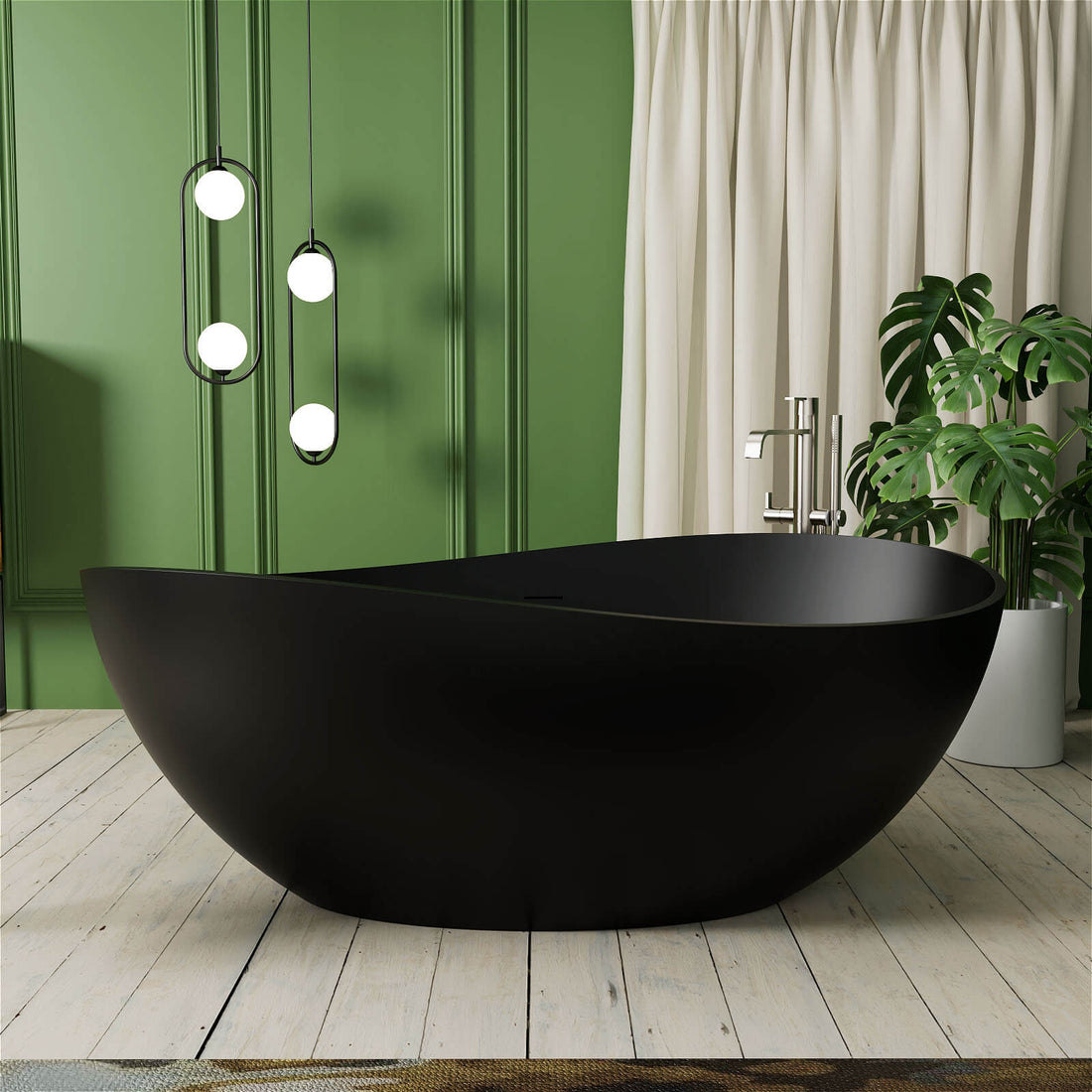
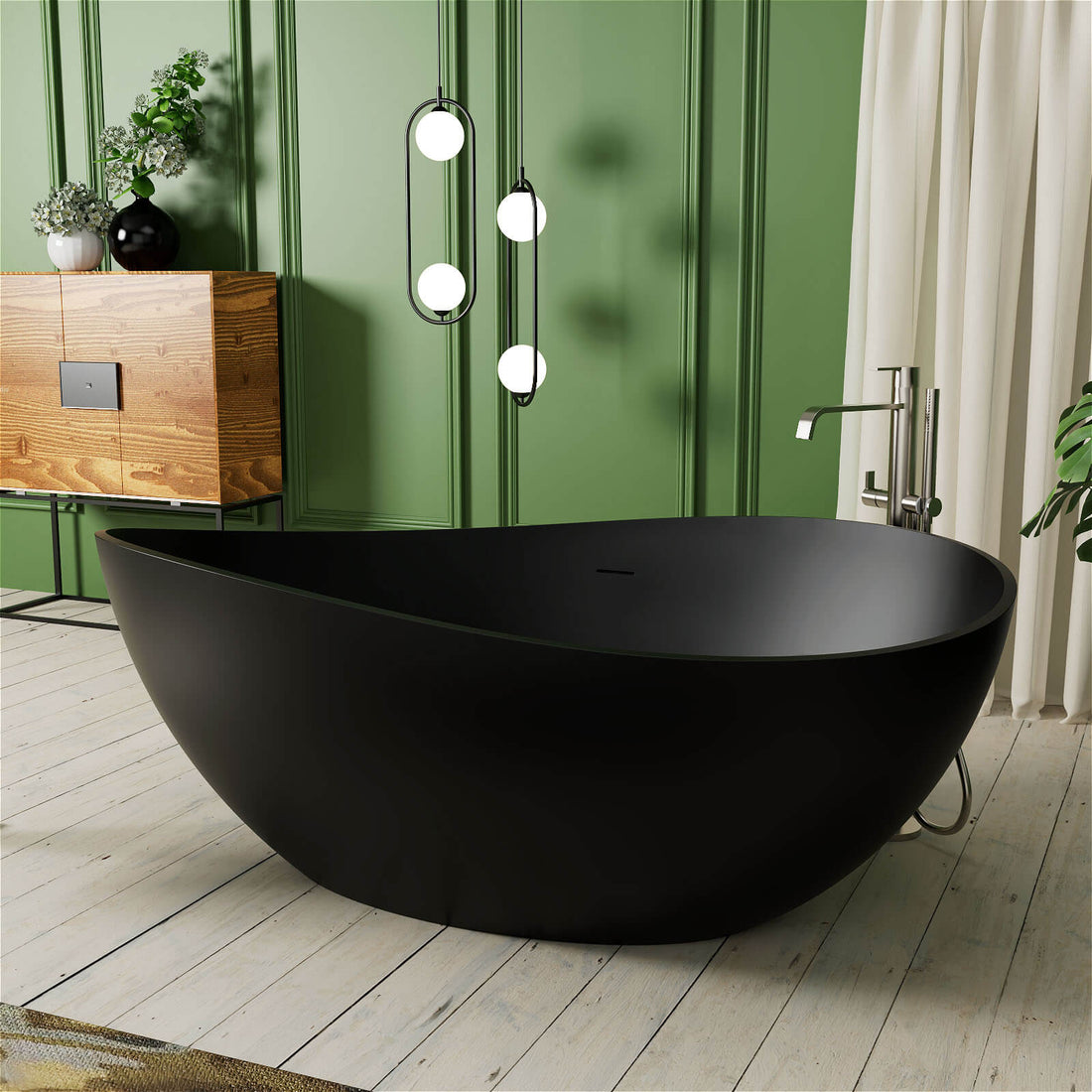 63'' Wave Shaped Freestanding Stone Resin Soaking Bathtub
63'' Wave Shaped Freestanding Stone Resin Soaking Bathtub- Regular price
-
$1,899.99 $1,999.99 - Regular price
-
$0.00 - Sale price
-
$1,899.99 $1,999.99
Quick view
-
65'' Solid Surface Stone Resin Oval-shaped Freestanding Soaking Bathtub with Overflow
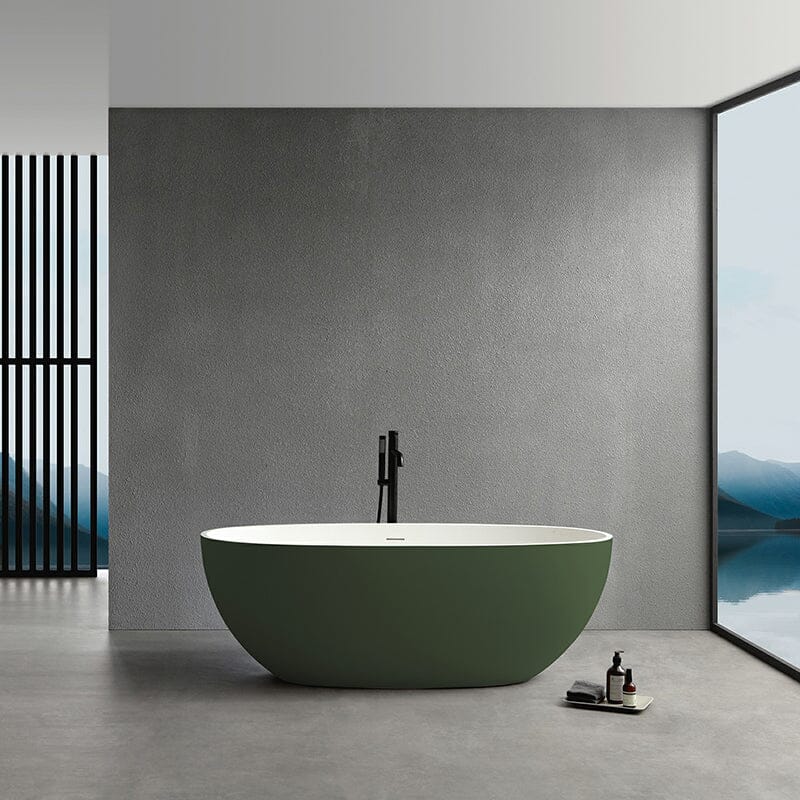
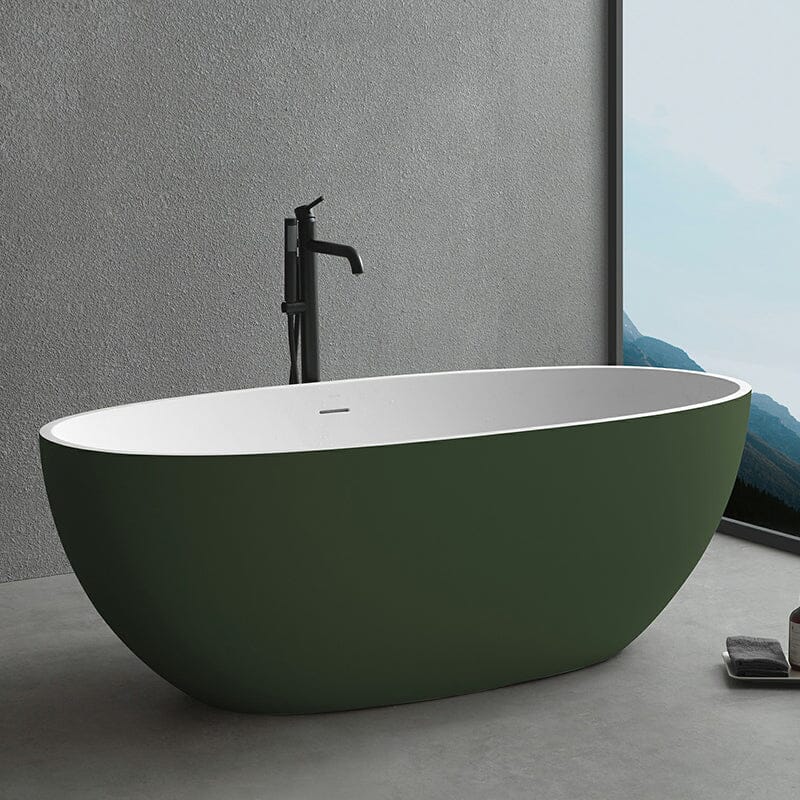 65'' Solid Surface Stone Resin Oval-shaped Freestanding Soaking Bathtub with Overflow
65'' Solid Surface Stone Resin Oval-shaped Freestanding Soaking Bathtub with Overflow- Regular price
-
$2,199.99 $2,399.99 - Regular price
-
$0.00 - Sale price
-
$2,199.99 $2,399.99
Quick view
-
71" Ergonomically Designed Luxury Solid Surface Bathtub
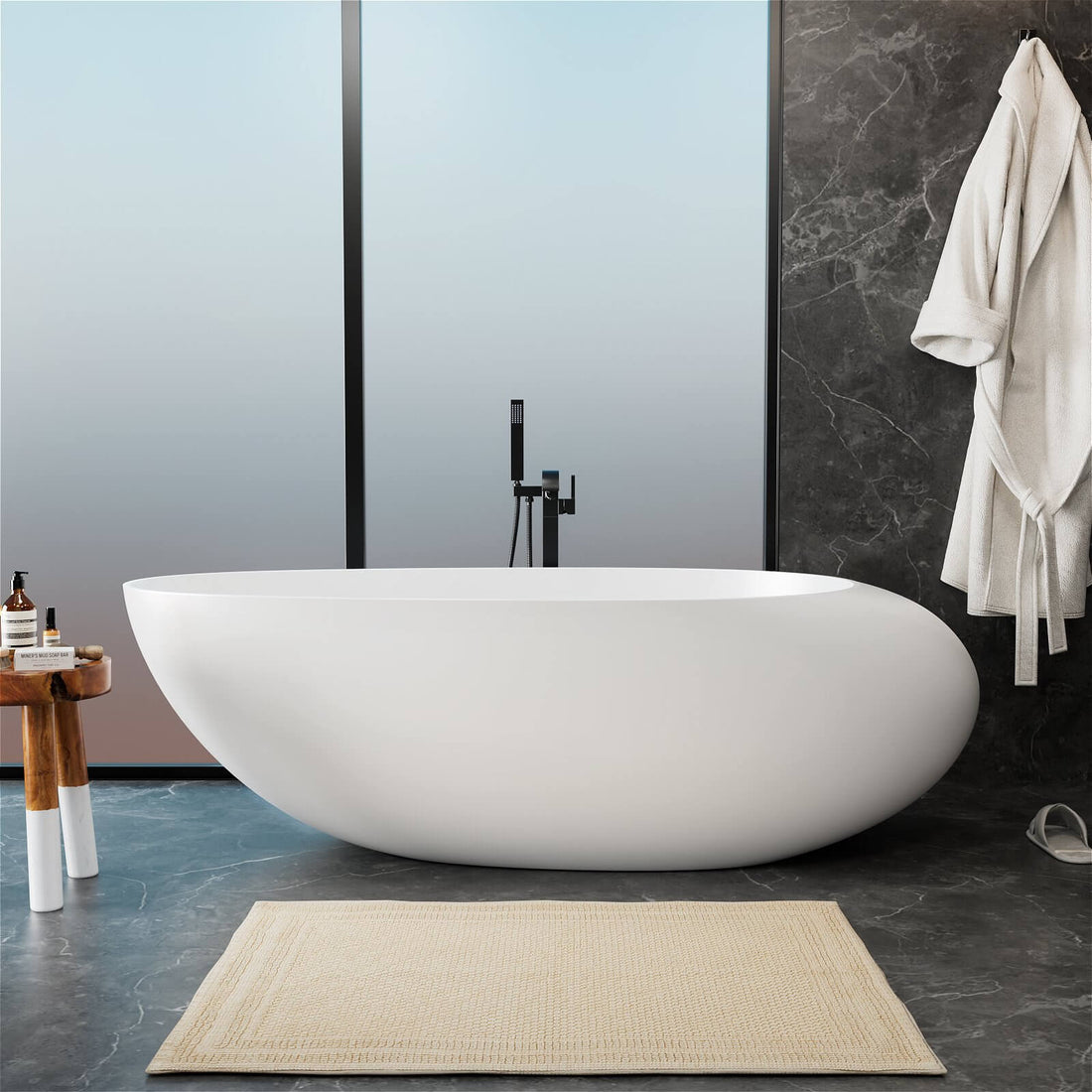
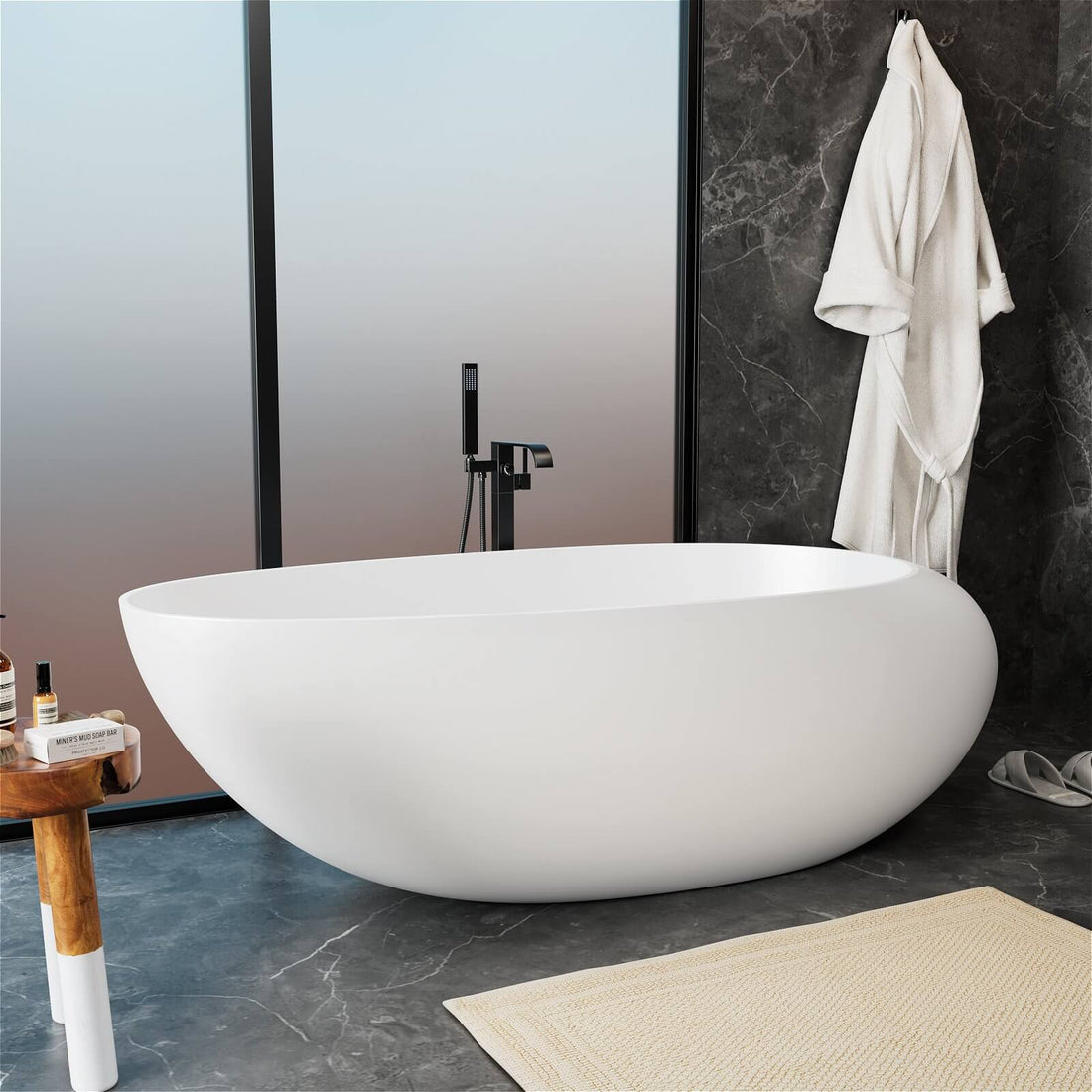 71" Ergonomically Designed Luxury Solid Surface Bathtub
71" Ergonomically Designed Luxury Solid Surface Bathtub- Regular price
-
$2,299.99 - Regular price
-
- Sale price
-
$2,299.99
Quick view
-
Mokleba 67" Acrylic Oval Large Space Freestanding Soaking Bathtub White
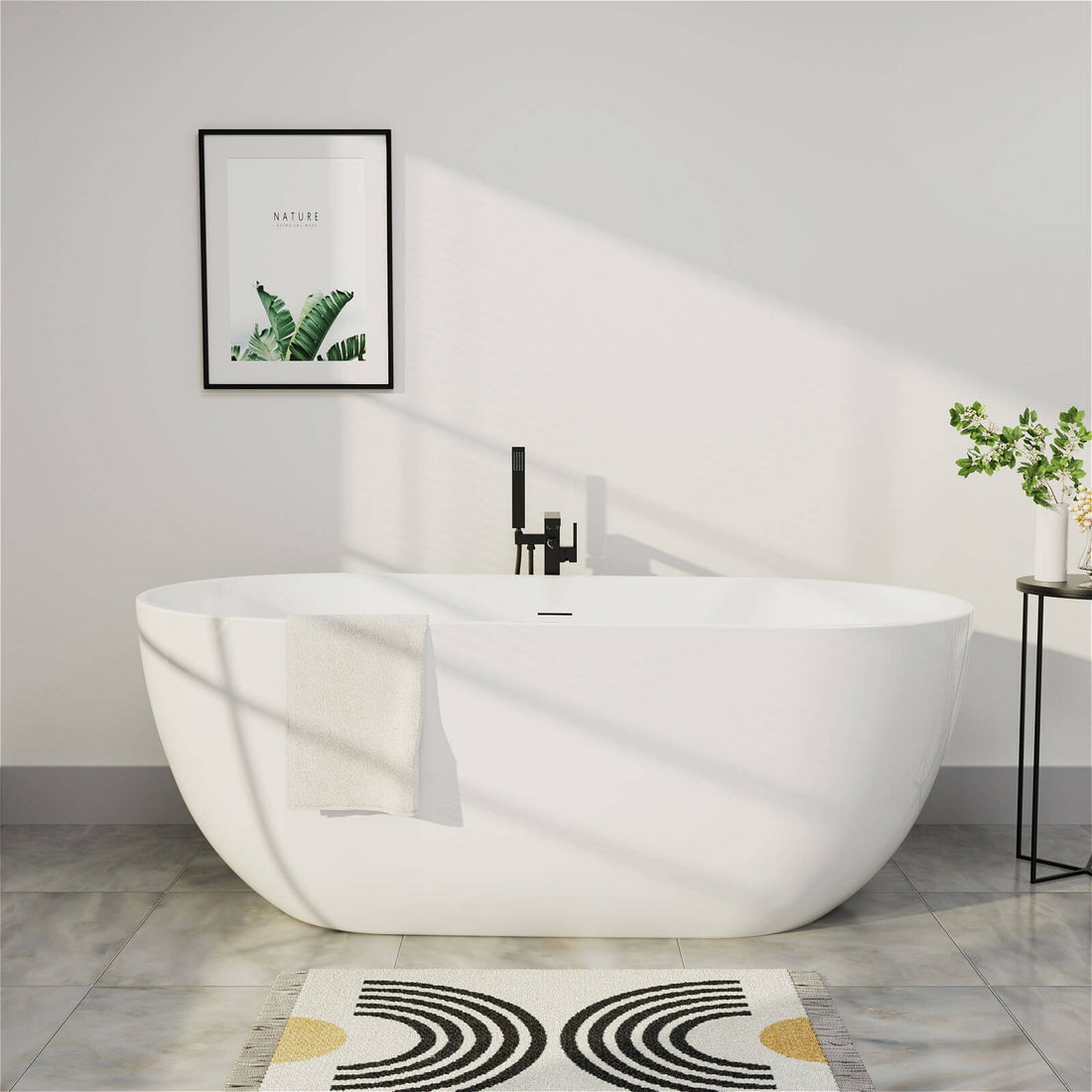
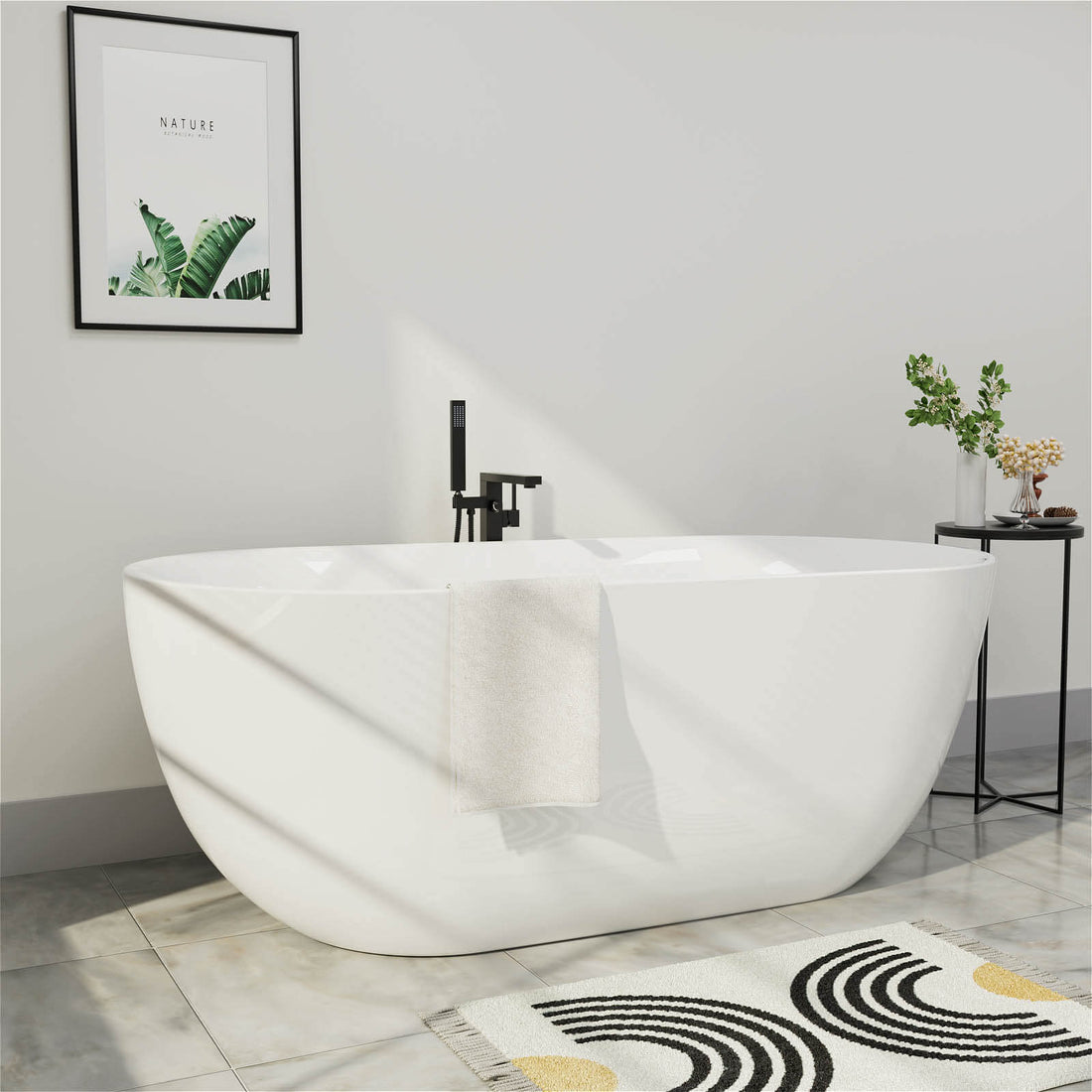 Mokleba 67" Acrylic Oval Large Space Freestanding Soaking Bathtub White
Mokleba 67" Acrylic Oval Large Space Freestanding Soaking Bathtub White- Regular price
-
$899.99 - Regular price
-
$2,599.99 - Sale price
-
$899.99
Quick view
-
Mokleba 47'' Acrylic Freestanding Japanese Soaking Bathtub with Built-in Seat Gray
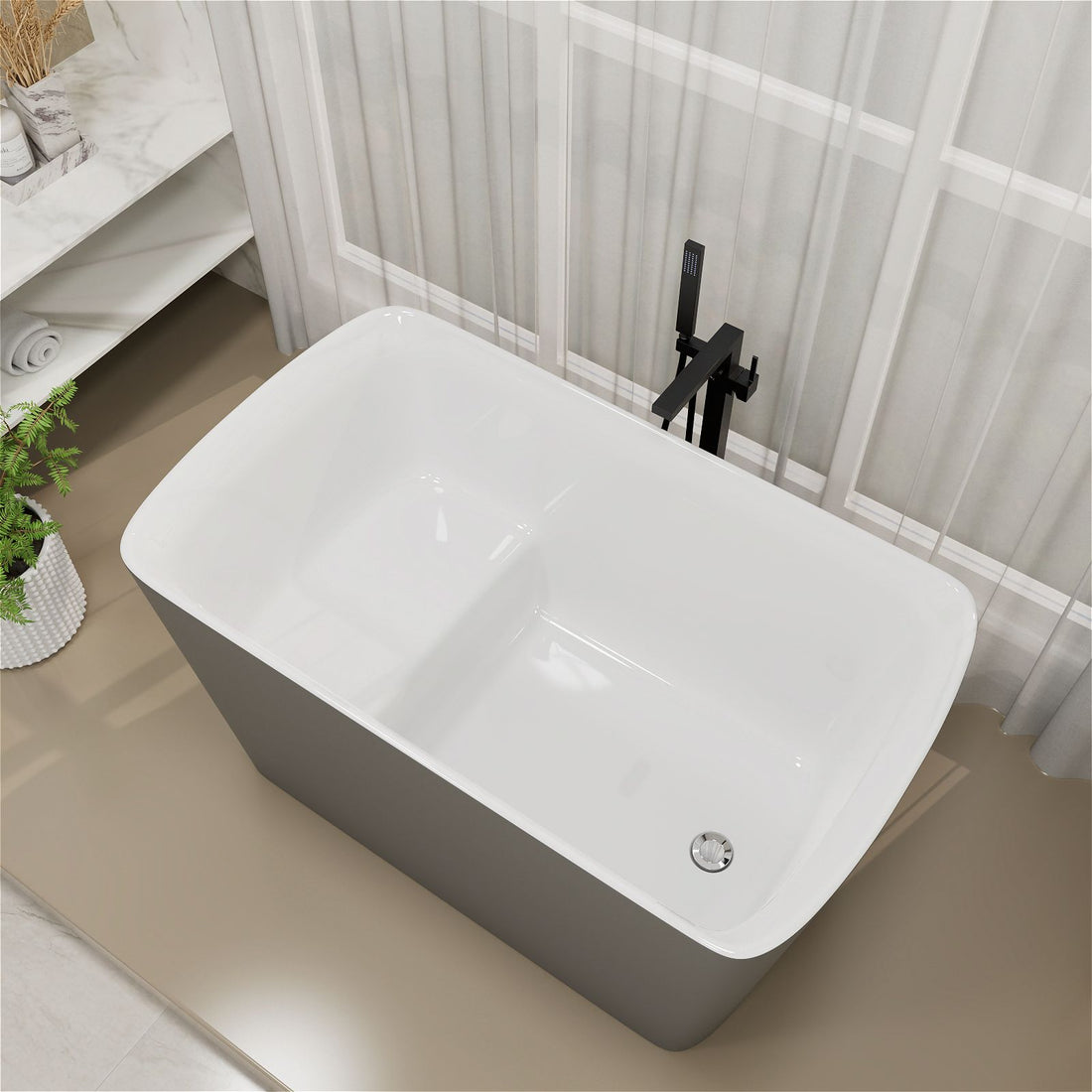
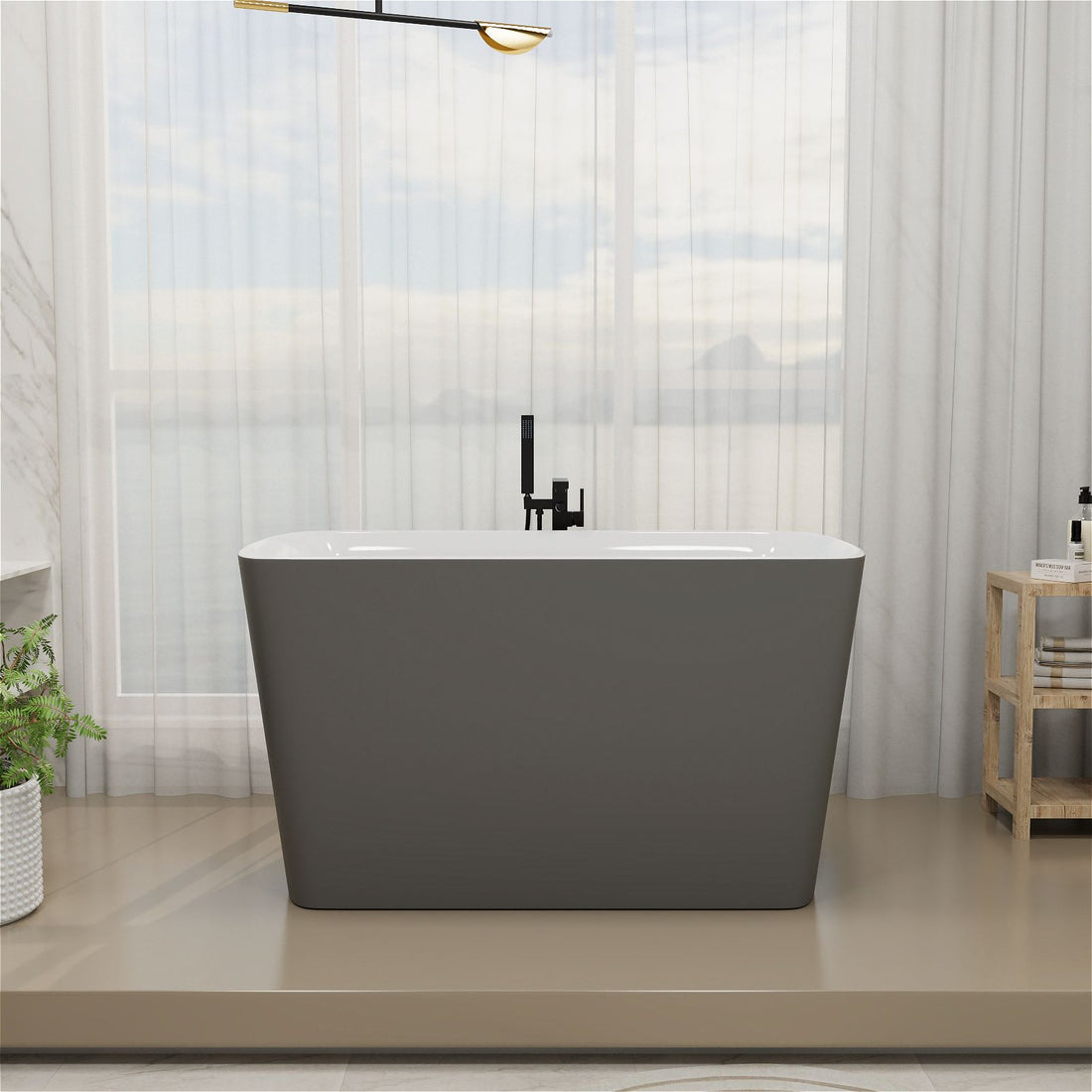 Mokleba 47'' Acrylic Freestanding Japanese Soaking Bathtub with Built-in Seat Gray
Mokleba 47'' Acrylic Freestanding Japanese Soaking Bathtub with Built-in Seat Gray- Regular price
-
$849.99 - Regular price
-
$1,899.00 - Sale price
-
$849.99
Quick view
-
Mokleba 67" Rolled Rim Claw Foot Double Slipper Tub - Acrylic Material, Freestanding Design, Immersive Soaking Experience
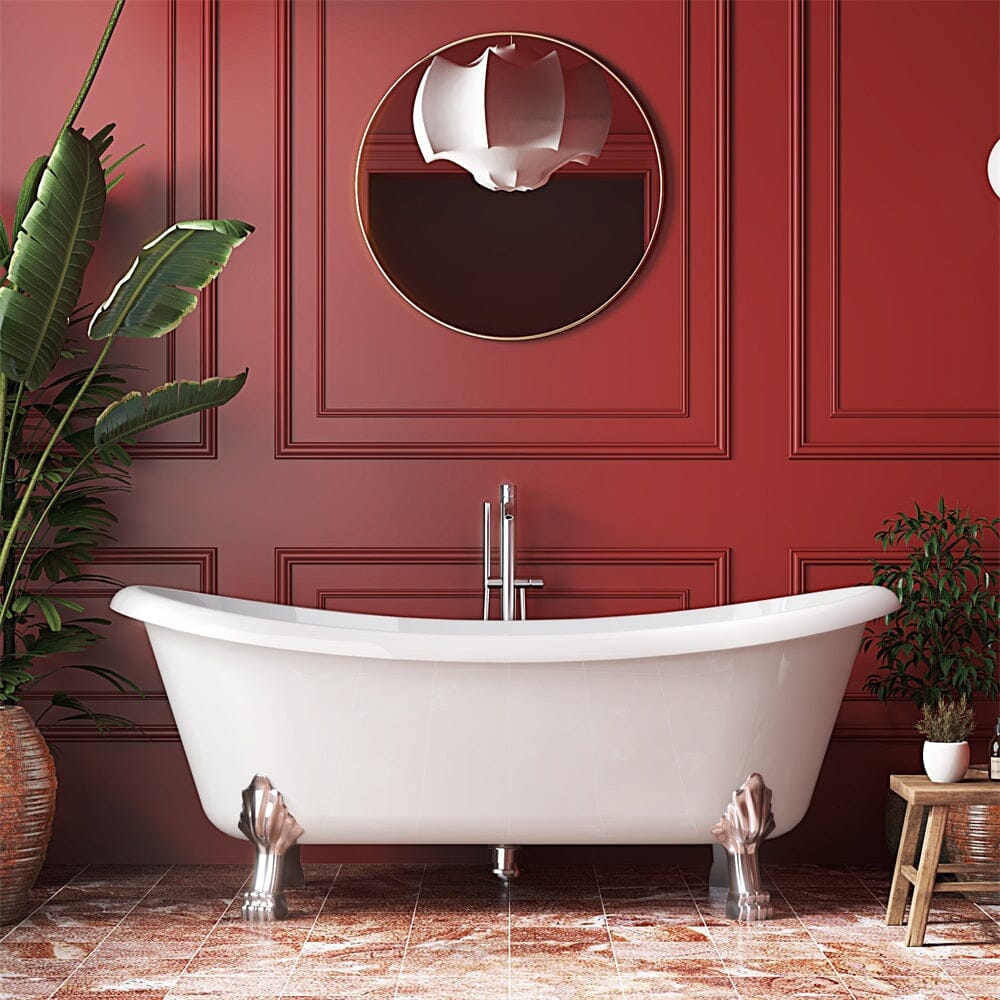
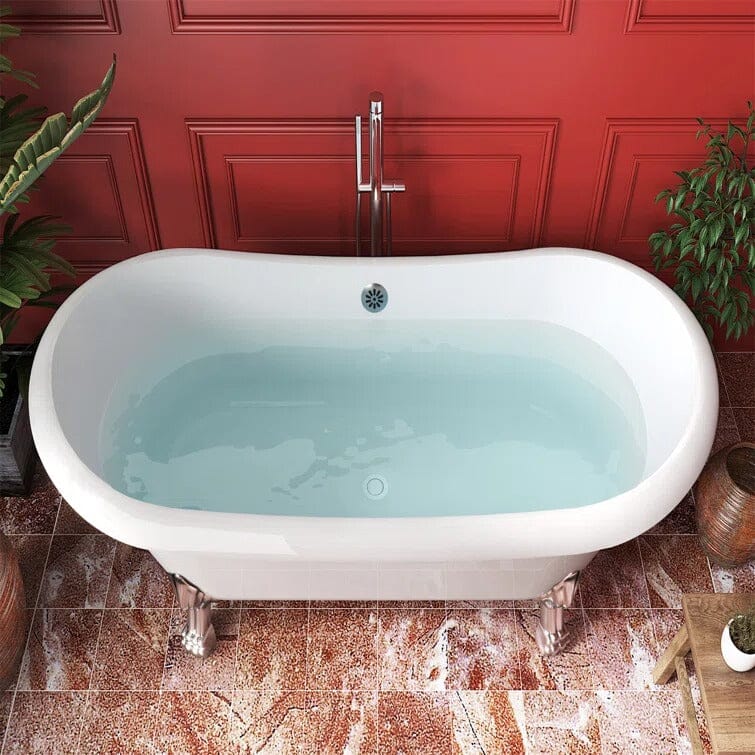 Mokleba 67" Rolled Rim Claw Foot Double Slipper Tub - Acrylic Material, Freestanding Design, Immersive Soaking Experience
Mokleba 67" Rolled Rim Claw Foot Double Slipper Tub - Acrylic Material, Freestanding Design, Immersive Soaking Experience- Regular price
-
$779.99 $899.99 - Regular price
-
$0.00 - Sale price
-
$779.99 $899.99
Quick view
-
67" Acrylic Reversible Single Slipper Tub
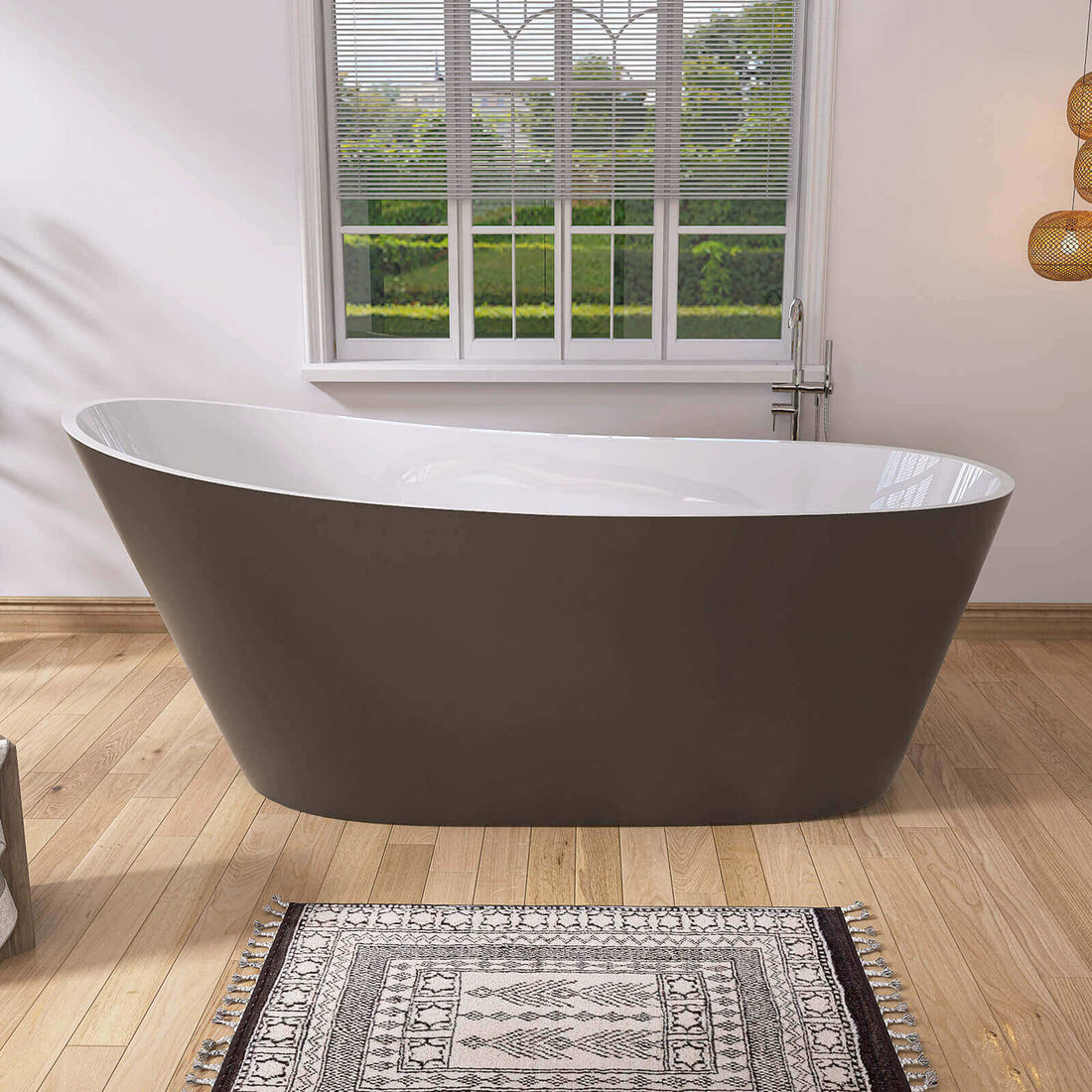
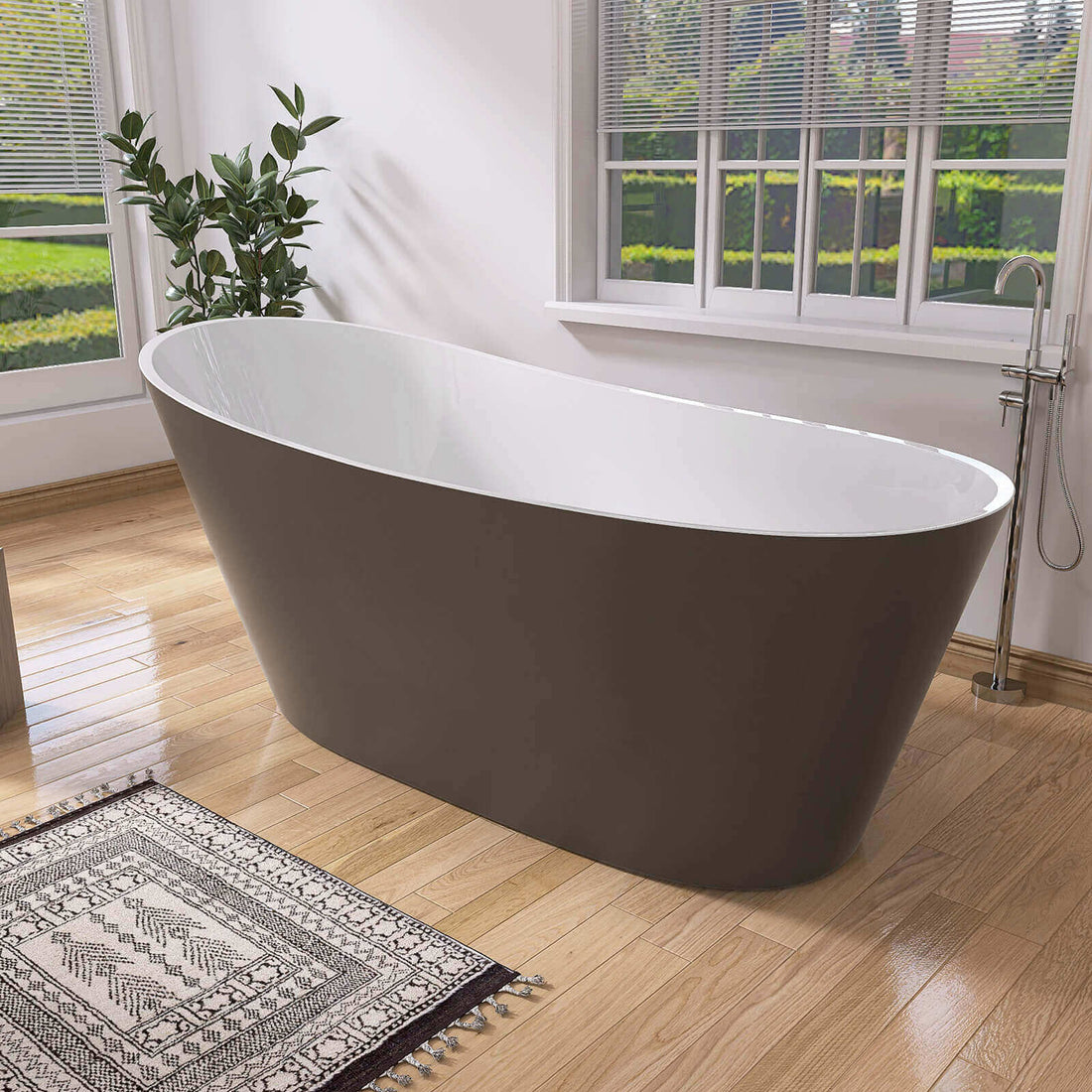 67" Acrylic Reversible Single Slipper Tub
67" Acrylic Reversible Single Slipper Tub- Regular price
-
$1,199.00 $1,299.00 - Regular price
-
- Sale price
-
$1,199.00 $1,299.00
Quick view
Maintenance and Lifespan
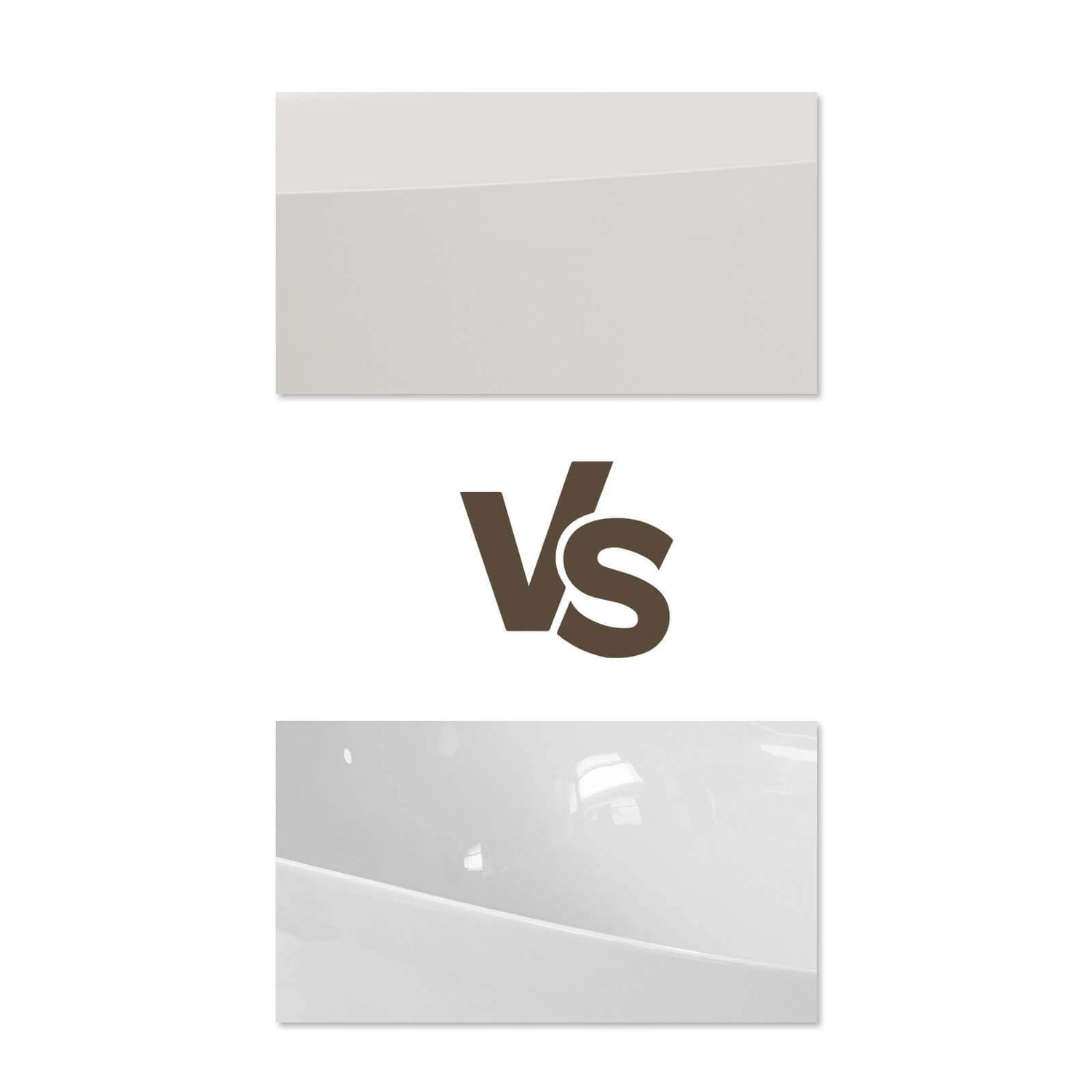
In terms of maintainability and longevity, solid surface tubs are far superior to acrylic tubs due to their repairability. The surface of solid surface tubs has a stone-like matte texture, so minor damages or scratches can be removed by sanding. This ensures that your bathtub can remain as good as new even after long-term use.
While acrylic tubs are less repairable than solid surface tubs, this does not mean that their maintainability and lifespan are inferior. On the contrary, the non-porous surface of acrylic bathtubs provides excellent mold resistance and stain resistance.
In fact, both acrylic and solid surface tubs are reliable. They are known for their outstanding durability, scratch resistance, stain resistance, and colorfastness, and they will serve you well for many years. Of course, Giving Tree Home always recommends regular cleaning of your bathtub to extend its lifespan and keep its surface spotless. For regular cleaning, avoid using harsh acidic or alkaline cleaners, abrasive cleaning agents, or rough scrubbing tools. Instead, wipe the bathtub with mild soap and water.
Warmth and Comfort

For users who enjoy an immersive bathing experience, solid surface tubs might be a better choice. These bathtubs, made primarily from stone resin, have a denser composition and lower thermal conductivity, which means heat loss is slower. This allows you to enjoy your bath while watching TV shows, reading, or listening to music.
While acrylic tubs have relatively poorer insulation performance, some of Giving Tree Home's acrylic tubs feature double-wall insulation, providing a five-layer insulation structure to enhance heat retention.
When it comes to bathtub materials, insulation and comfort are certainly the most important factors. Both materials are very popular choices, which attests to their capabilities. Therefore, you can purchase either without any hesitation!
Ending
In summary, both acrylic and solid surface bathtubs offer unique benefits and considerations. Acrylic tubs are cost-effective, versatile, and easy to maintain, making them a popular choice for many households. On the other hand, solid surface tubs provide durability, luxury, and superior heat retention, albeit at a higher initial investment. Your decision should factor in factors such as budget, design preferences, maintenance requirements, and the desired lifespan of the tub to ensure a satisfying bathing experience for years to come. If you are considering buying a new tub click on the link below to access Giving Tree Home's range of acrylic and solid surface tubs:
More Ideas
-

Vessel vs. Undermount Sinks: Which Fits Your Bathroom Best
When you’re updating a bathroom, the sink you choose does more than just hold water—it sets the tone for the entire space. The right style can elevate your vanity, influence...
-

Are Vessel Sinks Still in Style?
If you’re remodeling your bathroom in 2026, you might be wondering: are vessel sinks still in style? For many homeowners, this is a common question when deciding on a bathroom...
-

What Is a Vessel Sink?
If you’re tackling a bathroom renovation for the first time—or you’re simply dreaming up a vanity that feels a little more “you”—stepping into a bath showroom can feel like walking...
-

10 Bathroom Vessel Sink Ideas to Inspire Your DIY Vanity
When it comes to bathroom design, sinks often end up being treated as purely functional fixtures—useful, but not exactly inspiring. That’s why so many vanities end up looking alike: predictable...
-

How to Install a Vessel Sink in 4 Easy Steps
If the dimensional look and artistic appeal of a vessel sink have already captured your attention, then now is the perfect time to upgrade your bathroom with one. Whether you...
-

Vessel Sink Pros and Cons
In bathroom remodeling, the sink is one of the most frequently used fixtures, and your choice directly affects daily convenience and the overall look of the space. In recent years,...

























